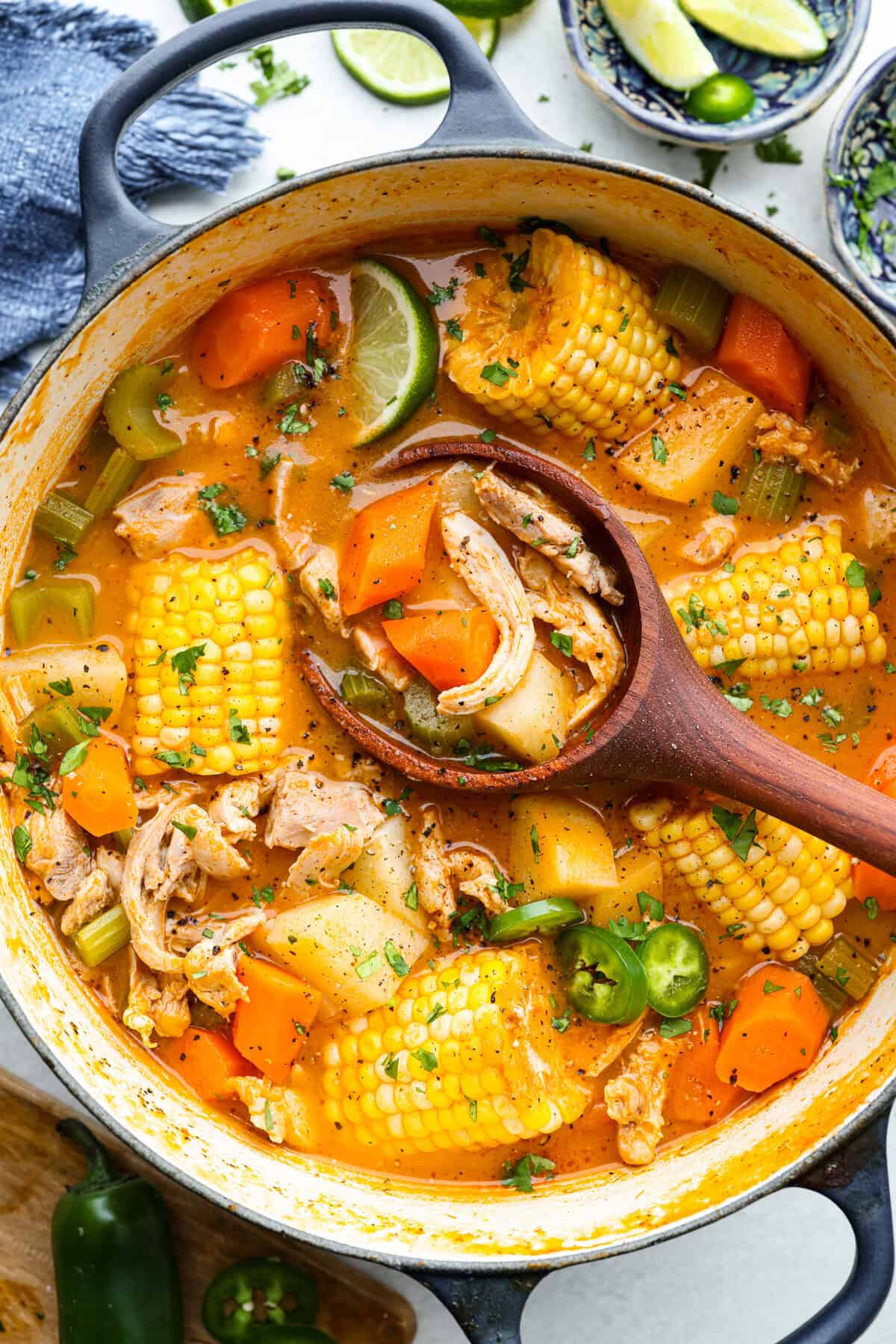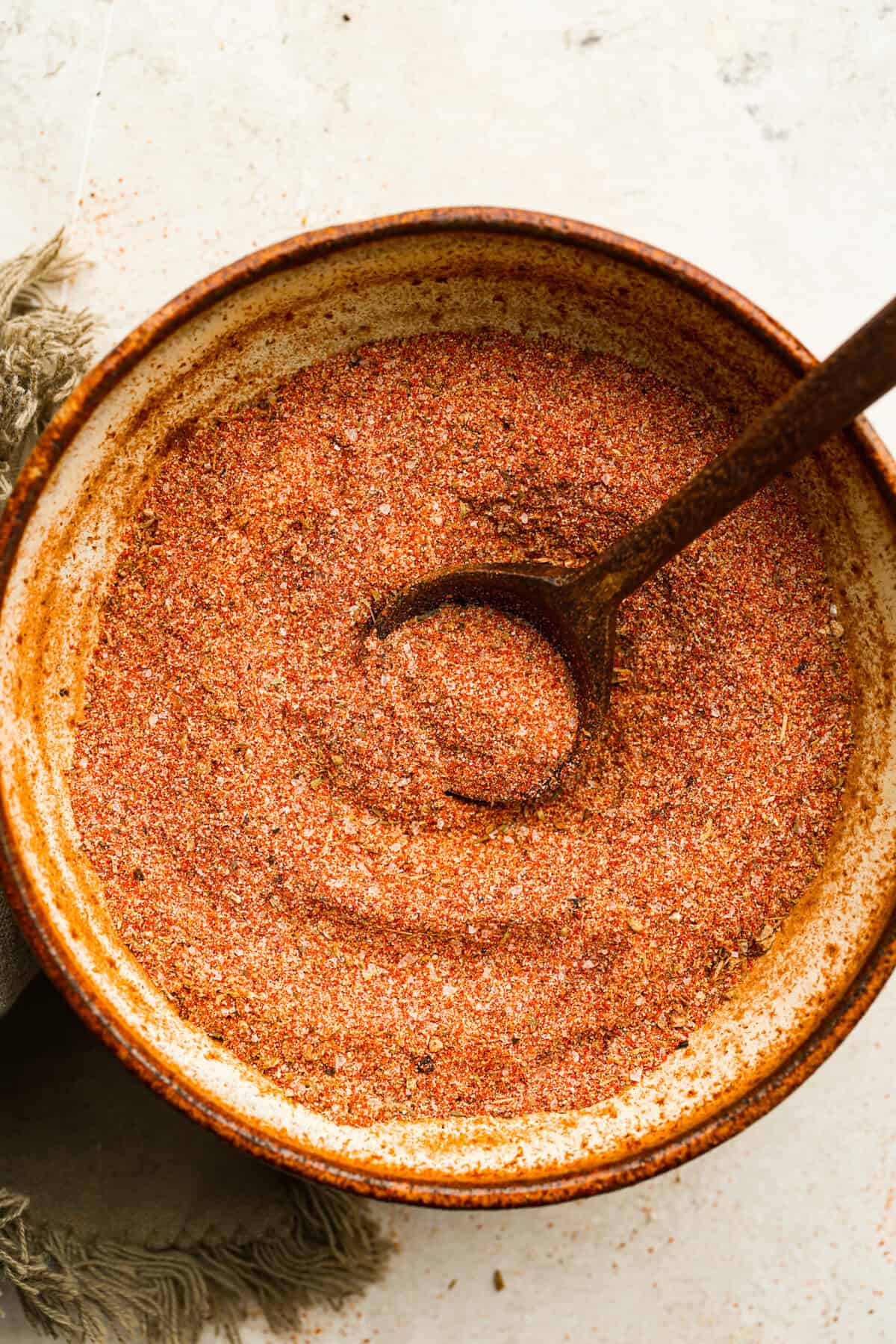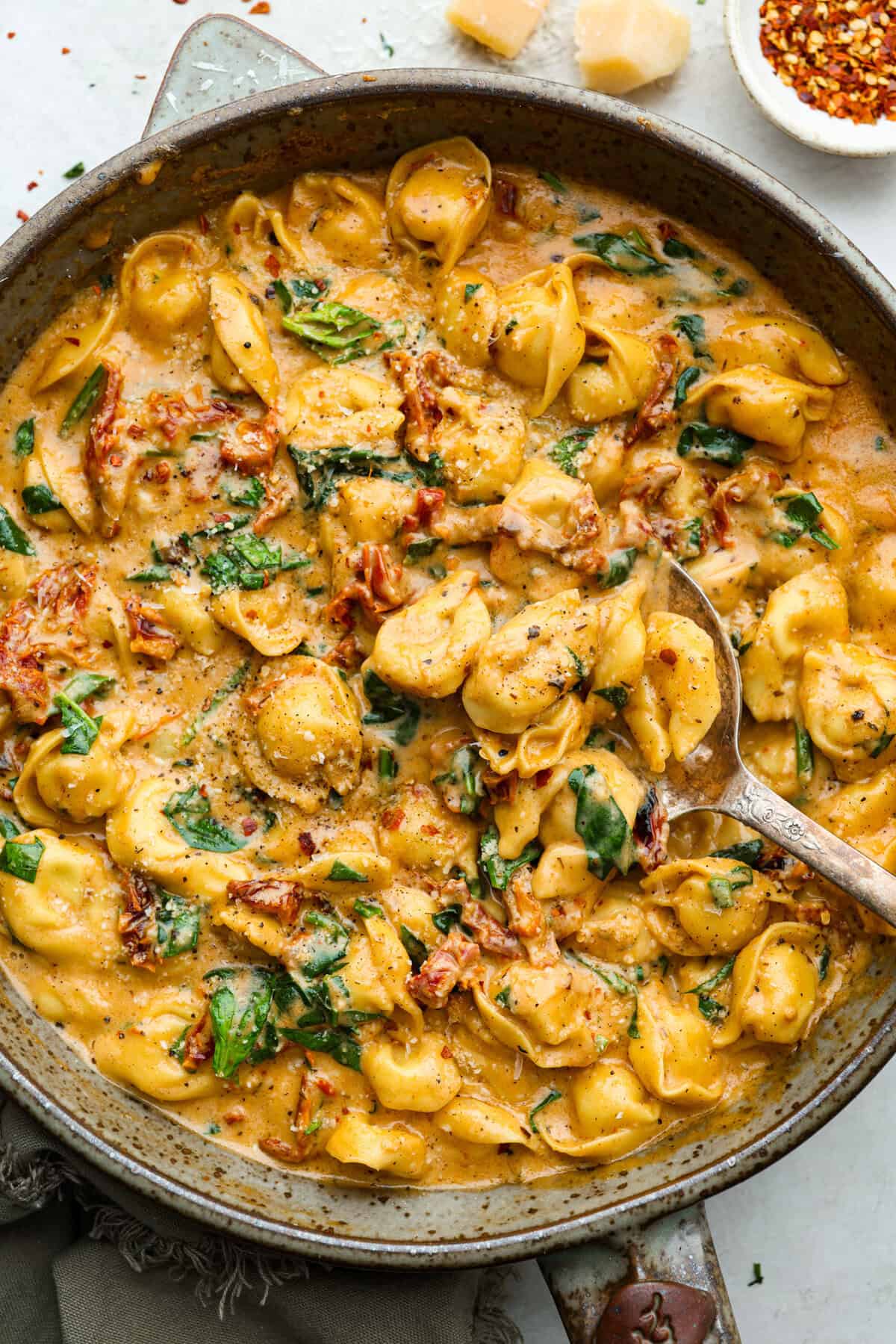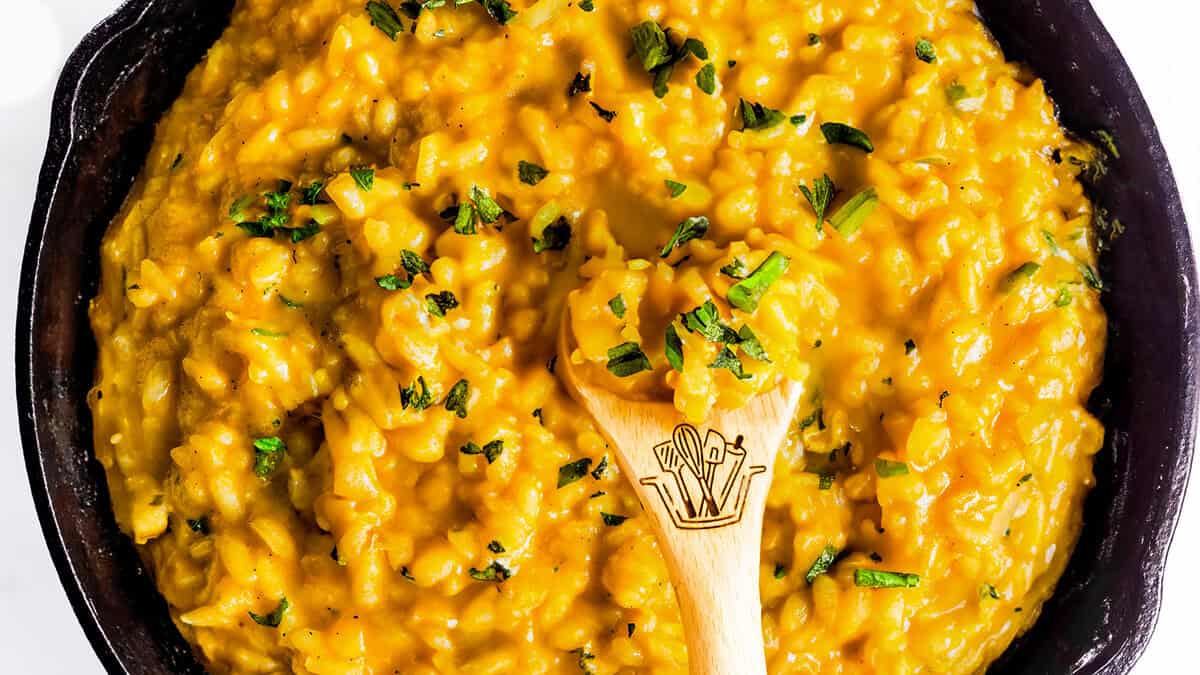Welcome to Off the Eaten Path, a series where our Test Kitchen creator Noah Tanen dives deep into regional recipes. Next up? Scrapple.
Scrapple, for the uninitiated, is a dish true to its name. At diners and breakfast tables across Philadelphia, the metro-area nearest to the Pennsylvania Dutch communities who invented it, slices of scrapple are hacked off of a larger block, seared hot in butter, then hit the plate a deep golden brown and still sizzling. But in its raw form, it is essentially a cold, hard block of congealed and mushed pork scraps. Put another way: the absolute tastiest, most flavorful parts of the pig, otherwise destined for the trash. In Philly, they call it breakfast.
In the wake of the Philadelphia Eagles clinching their second ever Super Bowl win in franchise history, I’m thinking a lot about the food that defines the city. There’s no shortage of regional dishes, cheesesteaks, or food quirks to discuss, but above all I see Philly as a town that rallies around shared points of pride, especially those that are sufficiently off-putting to outsiders. One example? Eagles fans climbing municipal light poles in the wake of a major football victory. And then, of course: scrapple.
To make the beloved breakfast meat, start by boiling all the offcuts of pork you can get your hands on (think the pig’s head, liver, heart, and feet) for at least 3 hours but often much longer. Save the boil water as a flavorful broth and pick the spent bones clean for all of their edible meat. Then combine the meat and broth with spices and thicken them up with grain, usually cornmeal, buckwheat, wheat flour, or a mix of all three. Finally, take this hot, gelatinized mixture and pour it into loaf pans to make bricks ready for slicing, frying, and enjoying. Serve it up like you would bacon or sausage patties for breakfast, with eggs and potatoes and an array of condiments (maple syrup, jelly, apple butter, and ketchup all work).
Scrapple comes from a long and storied tradition of nose-to-tail meat cookery, a lineage that arguably culminates in the modern hot dog, but its immediate ancestor is panhas, a German dish of similar preparation that often includes the addition of pork blood. When German immigrants came to the Philadelphia area, they brought this recipe with them.
A batch of scrapple stretches the last bits of a whole animal to the absolute limit. It is laborious to make, but I find it delicious, and I’m obviously not alone. This great food tradition of using up every last scrap is as intertwined with the culture of Philadelphia as football and debauchery.
Which regional recipe should I dive into next? Drop your suggestions in the comments!












 English (US) ·
English (US) ·